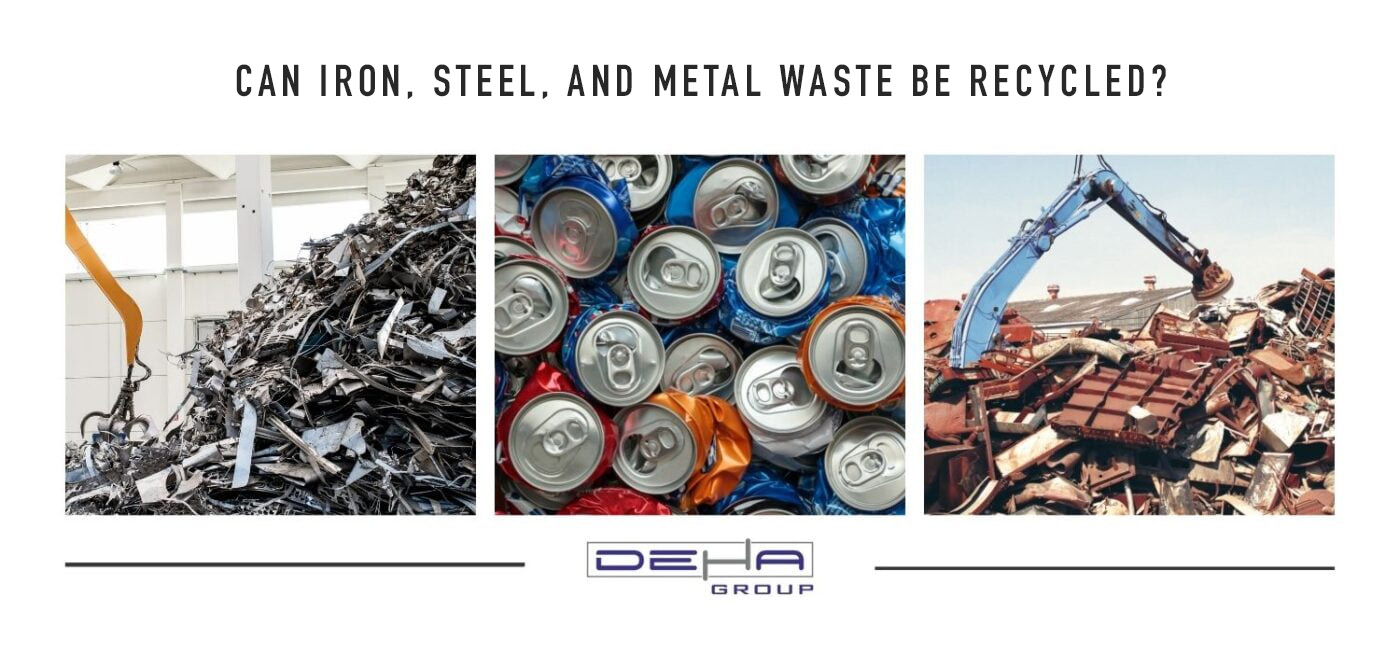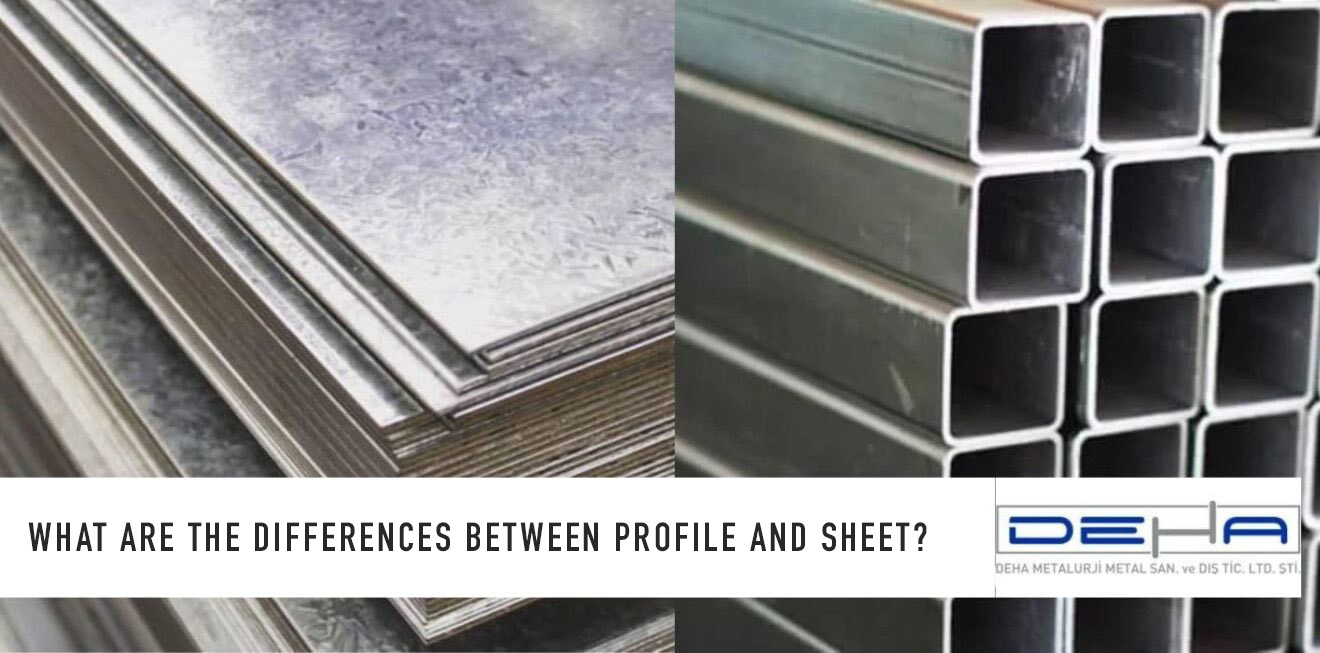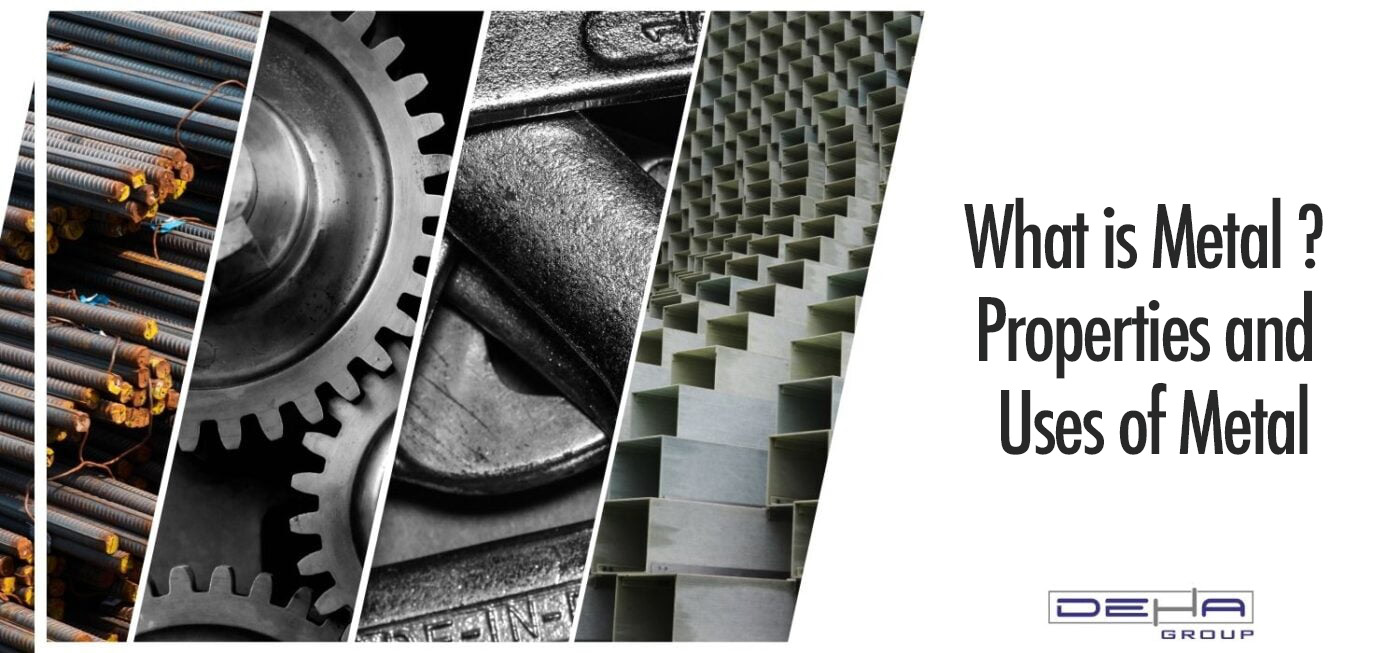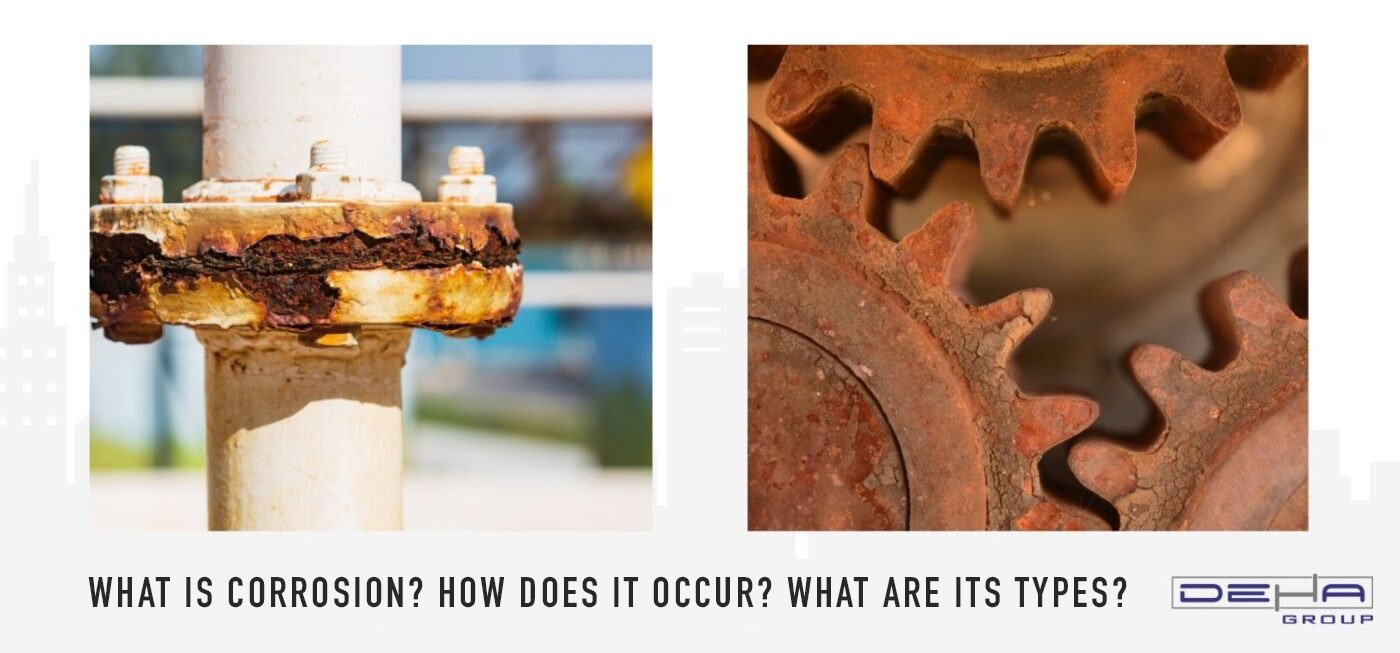
The recycling of iron, steel, and metal waste is of great importance for environmental sustainability and economic gains. The recycling of these metals contributes to the conservation of natural resources and provides energy savings. For example, recycled steel production requires 75% less energy than production using ore. Additionally, metal waste recycling reduces air and water pollution, as the waste and emissions from new mining and processing are minimized. Therefore, the recycling of metal waste is an essential process both environmentally and economically.
During the recycling process, waste metals are collected, sorted, and reprocessed into new products. Metals like iron and steel, in particular, can be recycled indefinitely, making them highly sustainable. For manufacturers, recycling offers opportunities to reduce costs while lowering environmental impacts through less energy and raw material usage. Consumers can also contribute to recycling processes to meet their metal needs without harming nature. Recycling metal waste is a crucial step towards safeguarding our future, both on an industrial and individual level.
Recycling metals is extremely important because it provides both environmental and economic benefits. Firstly, recycling helps preserve natural resources. Extracting minerals, which are found in limited quantities worldwide, can lead to environmental degradation and ecosystem disruption. However, recycling existing metal waste reduces the need to extract new raw materials and conserves natural resources. Additionally, metal recycling saves energy. For example, production using recycled aluminum requires 95% less energy compared to new aluminum production. This not only reduces production costs but also decreases carbon emissions associated with energy consumption.
From an economic perspective, metal recycling reduces costs and creates new job opportunities. The recycling industry provides employment in various areas such as waste collection, sorting, processing, and re-manufacturing. Moreover, recycled metals offer manufacturers a cheaper raw material source, lowering product costs and providing a competitive advantage. At the same time, properly recycling metal waste reduces environmental pollution and contributes to communities stepping towards a more sustainable future. For these reasons, recycling metals is a vital process for both our planet and our economy.
The metal recycling process involves a series of steps to make waste metals reusable. The first stage is the collection of metal waste. In this step, metal waste collected from homes, workplaces, and industrial facilities is brought to recycling centers. The collection stage is crucial for incorporating metal waste into the recycling chain. In this process, waste metals are typically separated into ferrous and non-ferrous metals using magnets.
The second stage, separation, ensures accurate classification of metal types. Metals are divided into ferrous and non-ferrous categories and then classified according to their purity. Separated metals then move to the crushing stage. In this stage, metals are crushed or shredded into easy-to-handle sizes. Metals broken into small pieces undergo the cleaning stage before the melting process. Cleaning is performed to remove dirt, paint, or other foreign substances from the metals.
The final stage, melting and molding, involves melting the metals at high temperatures and shaping them into reusable raw materials. Melted metals are usually cast into ingots or sheets and then sent to various industries for use in the production of new products. This cyclical process allows metals to be recycled repeatedly, providing energy savings and minimizing environmental impacts.

The recycling of steel materials provides significant benefits both environmentally and economically. From an environmental perspective, steel recycling contributes to the conservation of natural resources. The extraction of iron ore required for new steel production results in energy consumption and environmental pollution. However, the use of recycled steel greatly reduces the environmental impacts of these processes. Since recycled steel production does not require mining and processing, air and water pollution are significantly reduced. Moreover, the recycling process requires 75% less energy compared to new steel production, thereby reducing the carbon footprint and energy consumption. Steel recycling also prevents landfills from filling up, directly reducing environmental pollution.
From an economic perspective, steel recycling allows for cost reductions and the creation of new job opportunities. The recycling sector contributes to the economy by creating employment in the stages of collection, sorting, processing, and reproduction. For manufacturers, recycled steel offers a more cost-effective raw material compared to newly produced steel. This reduces production costs and increases the competitive edge of products in the market. Additionally, the continuous and cyclical nature of steel recycling allows for the repeated reuse of steel materials, which is a major advantage in terms of sustainability. For these reasons, steel recycling offers long-term benefits for both our planet and economy.
Steel recycling provides positive contributions to the economy in many ways. Firstly, the recycling process reduces costs. Recycled steel is less expensive compared to new steel production because it does not require raw material extraction, processing, and refining processes. This reduces production costs and increases the competitive power of products in the market. Additionally, the steel recycling industry contributes to economic growth by creating employment opportunities. This sector, which provides employment in the stages of collection, sorting, processing, and reproduction, plays an important role in local and national economies. The widespread adoption of recycling reduces import dependency and encourages the more efficient use of local resources, which saves foreign exchange and enhances economic stability.
Steel recycling also offers great benefits for environmental sustainability. The use of recycled steel helps in the conservation of natural resources. New steel production requires the extraction of iron ore, and this process can lead to the destruction of natural habitats and environmental pollution. However, recycling reduces these needs, thereby preserving natural resources and easing the pressure on ecosystems. Additionally, steel recycling provides energy savings. Compared to new steel production, recycled steel production requires 75% less energy, which reduces fossil fuel consumption and carbon emissions. This plays an important role in combating climate change. Moreover, recycling prevents landfills from filling up, contributing to the reduction of soil and water pollution. Thus, steel recycling helps both in the preservation of nature and in creating a healthier environment.
Environmental Benefits
Preservation of Natural Resources: Iron recycling reduces the use of natural resources needed for the production of new iron. The extraction of iron ore can lead to environmental degradation, but recycling helps conserve natural resources by reducing this need.
Energy Savings: The production of recycled iron requires much less energy compared to new iron production. This reduces the consumption of fossil fuels and lowers carbon emissions, playing a significant role in combating climate change. For example, recycled iron production consumes 74% less energy than production using ore.
Waste Management and Reduction of Pollutants: Recycling iron waste prevents landfill overflow and reduces soil and water pollution. Recycling metal waste ensures these materials are processed without harming the environment, lowering pollution levels.
Economic Benefits
Cost Reduction: Recycled iron offers a cheaper raw material compared to new iron production. This lowers production costs and makes product prices more competitive.
Job Creation: The iron recycling sector creates various job opportunities in processes such as collection, sorting, processing, and re-manufacturing. This employment contributes to local economies and supports economic growth.
Resource Efficiency: Recycling allows for more efficient use of existing resources. Reprocessing iron waste reduces dependency on imported raw materials and enables more sustainable resource management.
These benefits demonstrate that iron recycling is an important practice both environmentally and economically, and it plays a critical role in building a sustainable future.

 TR
TR






